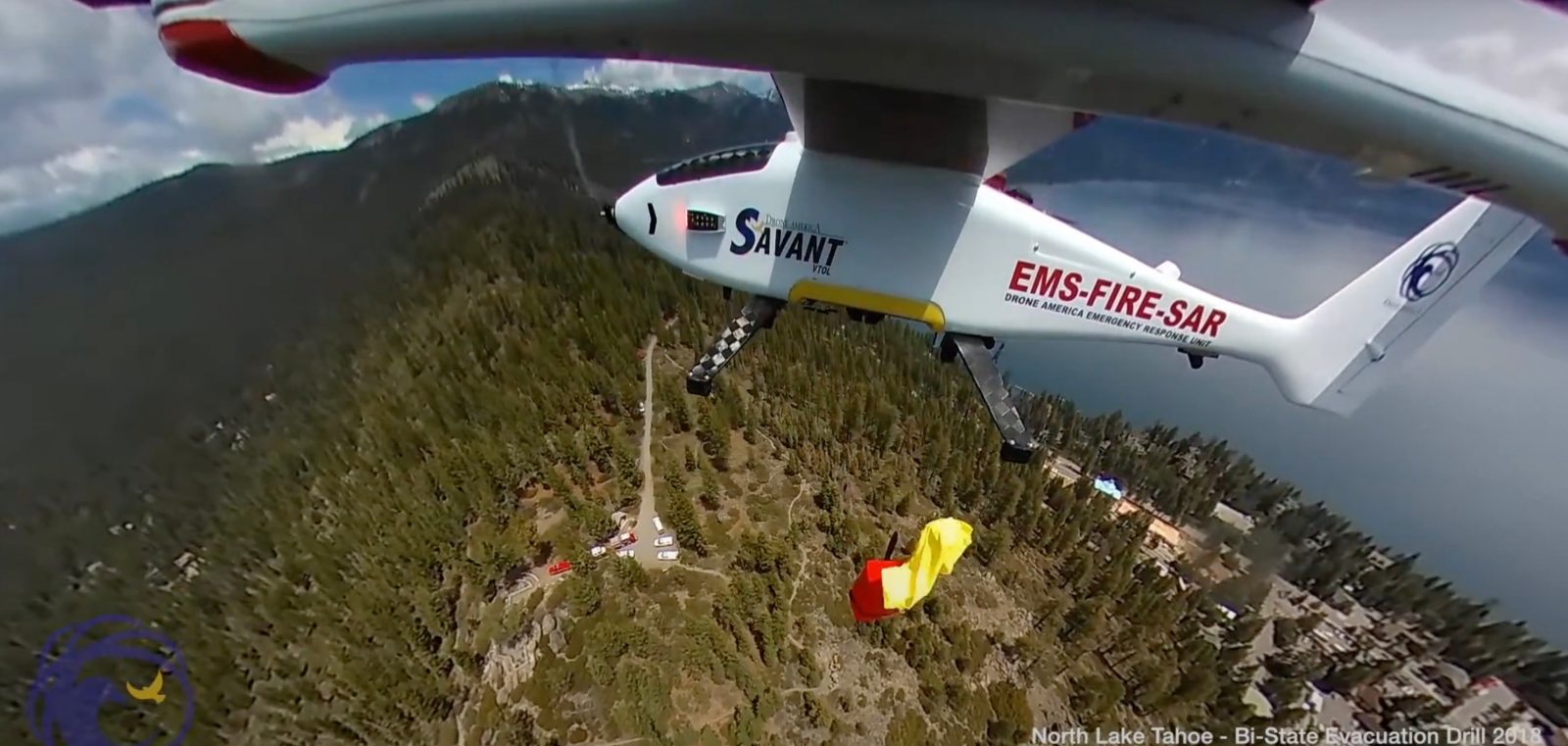
Iris Automation, Doosan Mobility Innovation (DMI), and Drone America have formed a partnership combining their respective strengths in the common objective of bringing safe, automated, long-range beyond visual line of sight (BVLOS) drone operations closer to everyday reality.
The initiative assembles the Casia detect and avoid technologies of Reno-based Iris Automation with the greater flight capacity that hydrogen cells produced by South Korean DMI afford drones, compared to lithium-ion batteries. Rounding those assets out is is Drone America’s experience providing vehicles, tech, and services that enable greater flight autonomy for larger UAVs used by first responders, and for deliveries, inspections, and infrastructure surveys. Combined in the same program, the trio believes they can bring the day when safe, extended, and autonomous BVLOS drone missions are a common and valued activity much closer.
“Shaping the future of commercial BVLOS is not always about one person, but about the team that makes everything happen,” says Drone America president Mike Richards of the tie-up with DMI and Iris Automation. “From design, engineering, and production to flight services, certification, and training, everyone here represents the very best at what they do, and a team that Drone America is proud to be a part of.”
The project and its objective are evident. Drone America will develop a fleet of certified UAVs weighing 55 lbs. or more, and capable of undertaking a range of complex, automated enterprise and public service missions. Those will be designed to operate using DMI’s emission-free, longer-range hydrogen cells, which can currently fly craft over two hours – more than double what most lithium-ion drone batteries can. Iris Automation’s Casia system will allow those craft to see and react to their surrounding aviation environments, enabling real time airspace awareness onboard during BVLOS flights.
Continued testing and demonstrations of that aerial mix, the partners believe, will go a long way toward convincing clients and regulators of their ability to provide safe, effective, economical, and non-polluting BVLOS services.
“Getting to higher density, zero-emissions fuel is an important breakthrough for long-range drone operations,” says Lori DeMatteis, Iris Automation vice president of sales and marketing. “As part of the overall drive to scale, it makes commercial operations increasingly viable and cost-effective.”
DMI business development manager for the Americans and Oceania, Soonsuk Roh, agrees the trio’s collective work may prove critical in the development of routine, long-distance BVLOS operations.
“This partnership is an excellent way to jumpstart the progress we can make by collaborating with two pioneers at the forefront of real-world UAV innovation to actually start BVLOS services,” Roh says. “The potential of hydrogen fuel cell drone technology that delivers the endurance and performance necessary to enable autonomous UAV flight, without carbon emissions, is huge.”
FTC: We use income earning auto affiliate links. More.

Comments